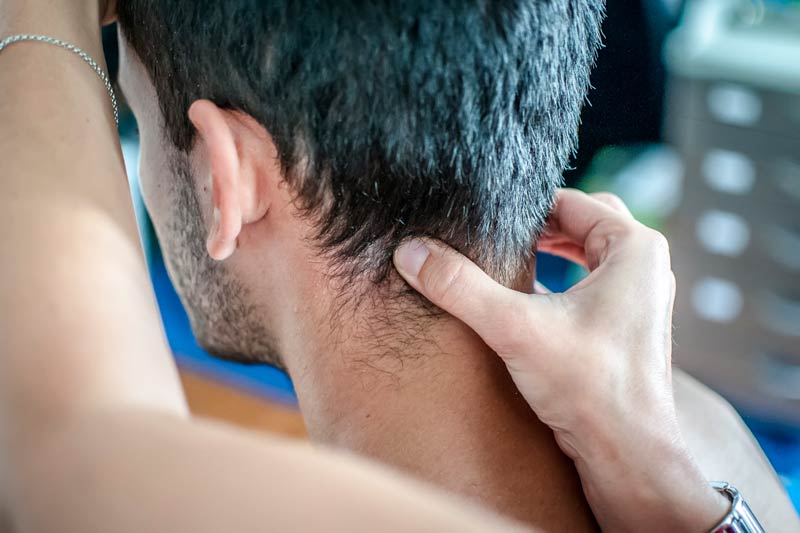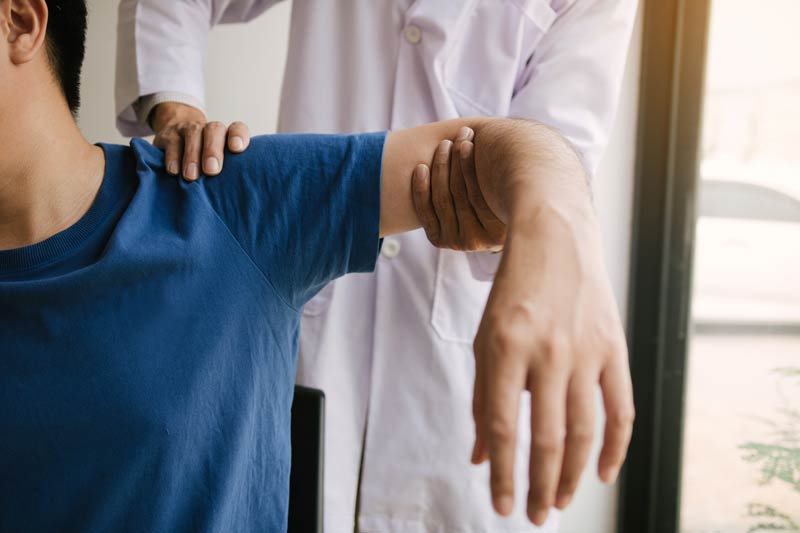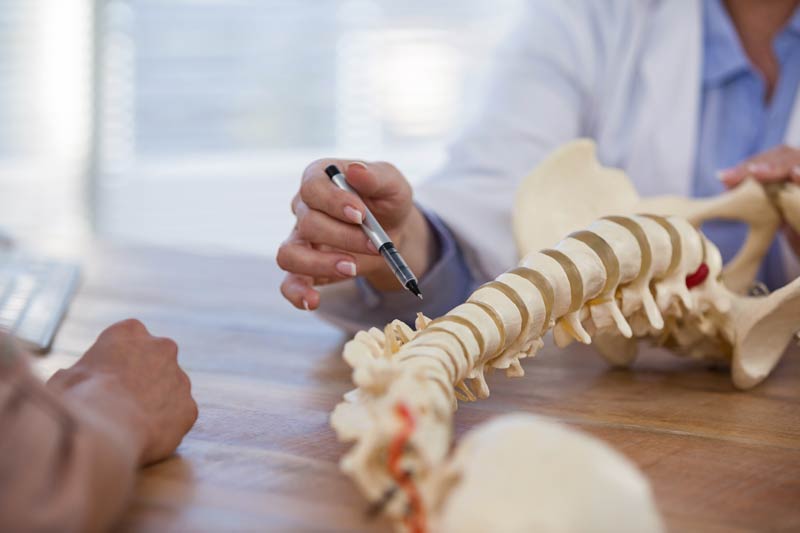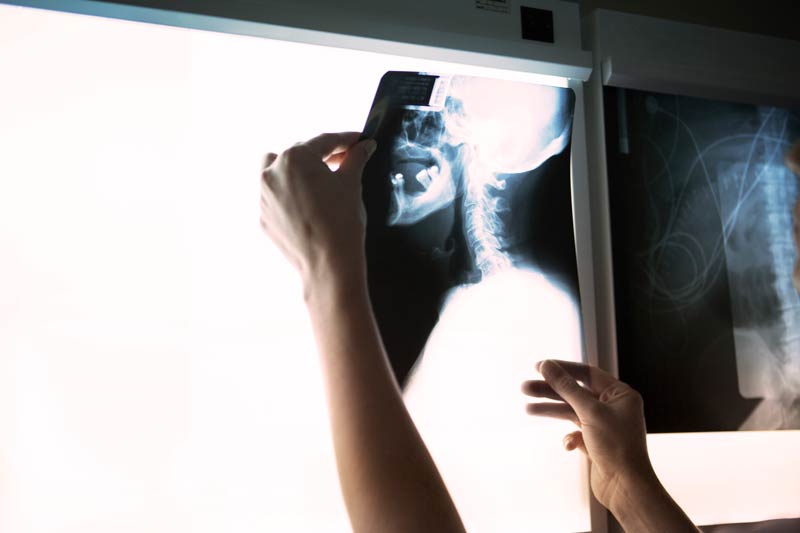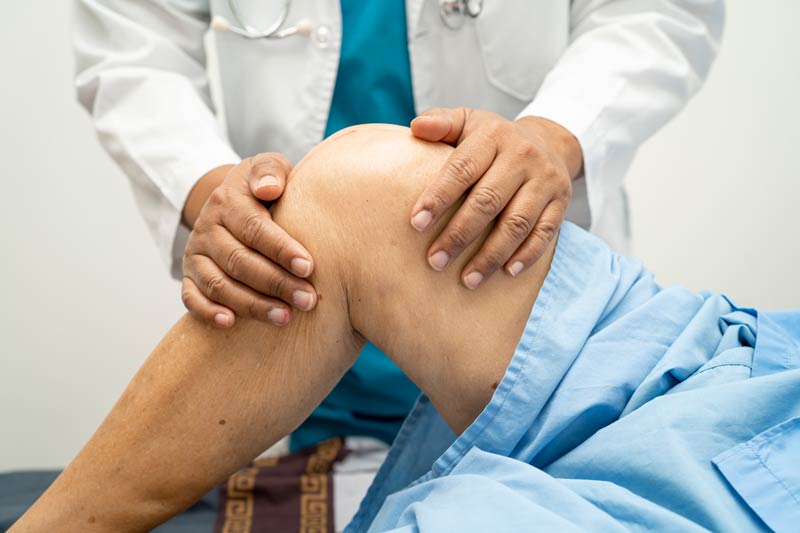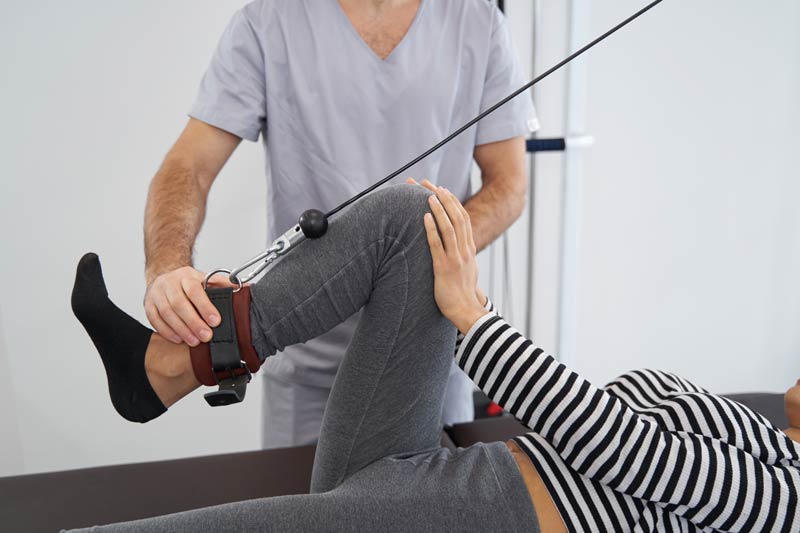What is a Posterior Cervical Fusion?
The spine is a strong but vulnerable part of the human body, and neck pain can be an unfortunate side effect. Cervical posterior fusion surgery, which stabilizes the vertebrae and helps prevent future problems, can lead to less pain.
Why is a Posterior Cervical Fusion Performed?
A PCF is usually performed when there is a fracture or instability in the neck. Other reasons for a PCF include tumors, infections, or deformity. A PCF may also be performed for patients who are undergoing anterior cervical surgery when multiple levels are involved.
How is a Posterior Cervical Fusion Performed?
Your doctors will use metal rods and screws to gradually fuse sections of your spine together while stabilizing it to relieve pressure on your back. Once the metalwork is in place, you can feel the benefits right away. Over the course of nine to twelve months, your bones will also fuse together naturally.

What To Expect After a Posterior Cervical Fusion
After surgery, you can expect to stay in hospital for three to five days. The physical and occupational therapists that work with you will help you learn how to walk and get in and out of bed on your own. You should not bend or twist your neck excessively during the first one to two months after surgery. Also, avoid picking up heavy things during the first two to four months after a fusion solidifies and pain subsides.
Frequently Asked Questions about Posterior Cervical Fusion
1. How long does a posterior cervical fusion take?
Typically a PCF takes around 1-2 hours, though it can take 3 to 4 hours depending on complications.

